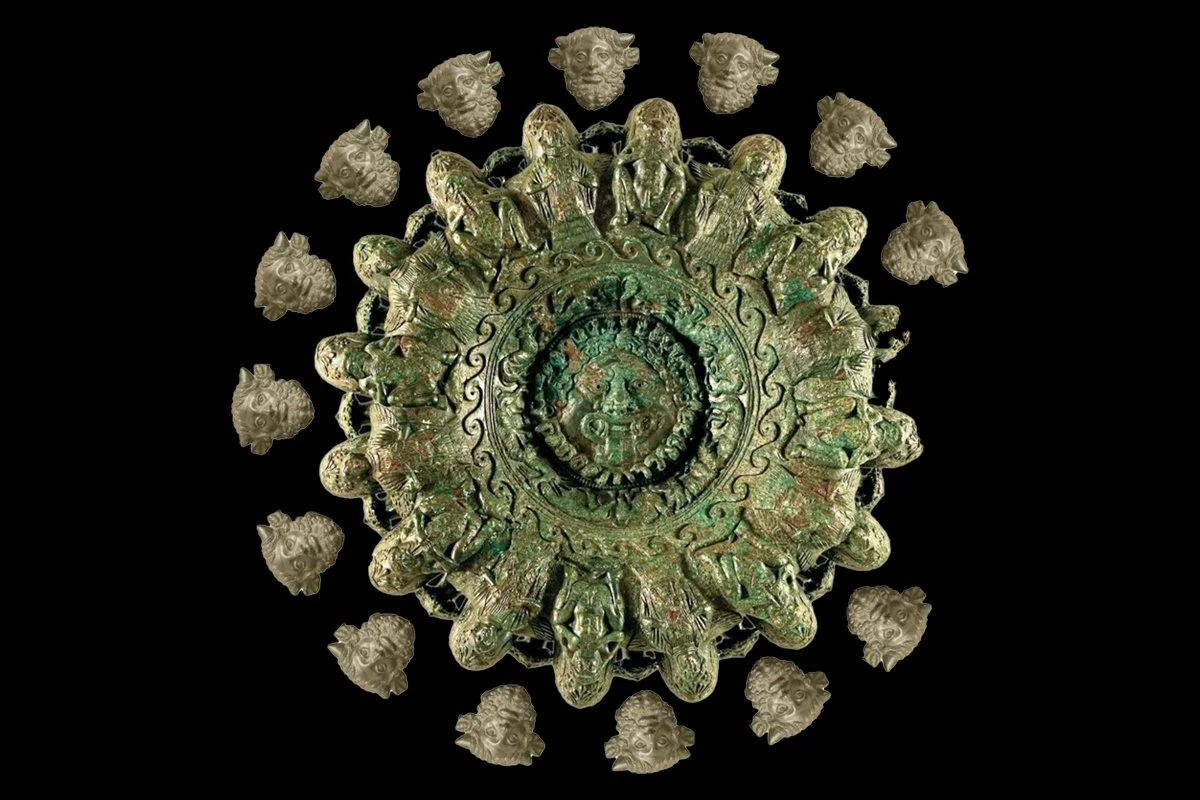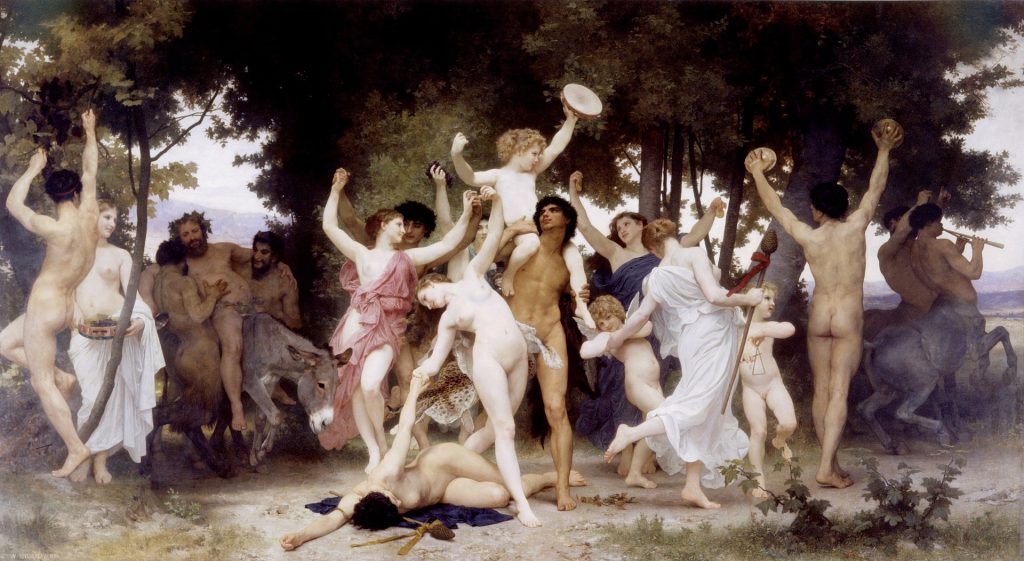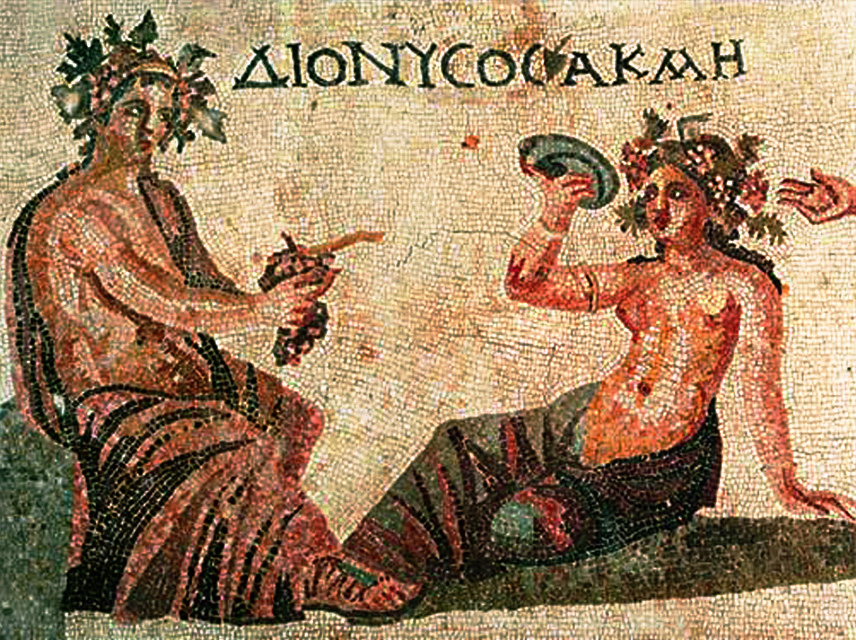
2,500-year-old bronze lamp discovered in Italy linked to the cult of Dionysus
Discovered in 1840 in a ditch near the town of Cortona in Italy, the 2500-year-old bronze lamp has been the subject of much debate until recently.
Many researchers have so far been unable to provide a comprehensive and satisfactory explanation for the bronze lamp.
Ronak Alburz published the findings that will finally shed light on the mystery of the lamp in his article.
Published this week in the journal Etruscan and Italic Studies, Alburz’s study showed that the lamp was an object associated with the mysterious cult of Dionysus.
📣 Our WhatsApp channel is now LIVE! Stay up-to-date with the latest news and updates, just click here to follow us on WhatsApp and never miss a thing!!
Parts of Tuscany and Umbria, where the lamp was discovered, were under the influence of Archaic Etruria, a culture that flourished in a confederation of three cities between 900 BC and 27 BC.
The Etruscan civilization was incorporated into the expanding Roman Republic in the late 4th century BC as a result of the Roman-Etruscan Wars.
Very few examples of similar objects (‘comparanda’) in Etruscan or Ancient Greek art have been discovered, making it difficult to make a comparison to provide context or interpretation.
Previous studies on the decorative motifs of the lamp had suggested that the 16 bull-shaped horned figures depicted the Greek river god Achelous. However, according to a new study published in Etruscan and Italic Studies, the lamp dates from around 480 BC and depicts Dionysus, the Ancient Greek god of wine and pleasure, and is often depicted with bull features.
“The lamp was probably an object associated with the mystery cult of Dionysus. Its decoration represents Dionysos thiasus, perhaps performing a cultic performance in the cosmos of mysteries to celebrate Dionysus,” Alburz said.

Dionysus, god of wine and ecstasy
Dionysus is known in Greek mythology as the god of wine, entertainment, theater and enthusiasm. His counterpart in Roman mythology is Bacchus.
There are different stories about his birth: According to the most common narrative, Zeus’ lover Semele, while pregnant, insisted that Zeus see her true identity. Unable to withstand Zeus’ divine light, Semele burns. Zeus took the immature Dionysus, sewed him to his thigh and hid him until he was born.
Some sources tell that Zeus saved Semele from the lightning strike and gave Dionysus to the care of the nymphs on Mount Nysa until he matured.
Dionysus is shown as the son of Zeus and Persephone or Zeus and Demeter. It is claimed that the cult of Dionysus directly influenced the Christian religion.
Dionysus symbolizes madness and enthusiasm. He is known as the god of wine and vintage. He played an important role in the development of theater.

Dionysus, representing self-transcendence and lack of inhibition, is depicted with symbols such as the vine, ivy, panther and bull.
The cult of Dionysus is famous for its ecstatic and trance-inducing rituals. Festivals were organized where wine, music and dance played an important role. These festivals are thought to have paved the way for the development of theater.
Mysterious ceremonies were also part of the Dionysian cult.
You may also like
- A 1700-year-old statue of Pan unearthed during the excavations at Polyeuktos in İstanbul
- The granary was found in the ancient city of Sebaste, founded by the first Roman emperor Augustus
- Donalar Kale Kapı Rock Tomb or Donalar Rock Tomb
- Theater emerges as works continue in ancient city of Perinthos
- Urartian King Argishti’s bronze shield revealed the name of an unknown country
- The religious center of Lycia, the ancient city of Letoon
- Who were the Luwians?
- A new study brings a fresh perspective on the Anatolian origin of the Indo-European languages
- Perhaps the oldest thermal treatment center in the world, which has been in continuous use for 2000 years -Basilica Therma Roman Bath or King’s Daughter-
- The largest synagogue of the ancient world, located in the ancient city of Sardis, is being restored











Leave a Reply